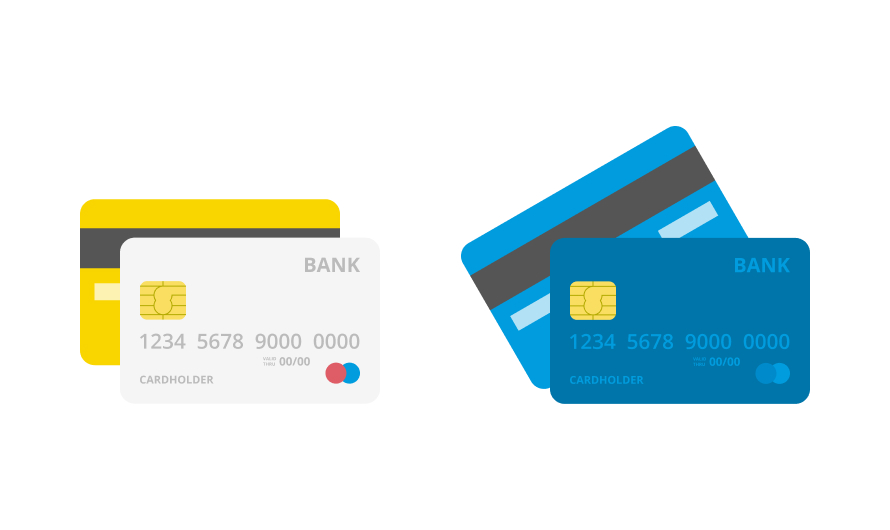There are multiple ways to transfer money and securities of both small and big value in this day and age. RTGS is one of the most preferred methods for online and offline money transfer. In this article, we will understand all about RTGS, how it works, and what unique features it carries.
What is RTGS?
It stands for Real Time Gross Settlement. Here, Real-time refers to the instant nature of fund transfer. The transfer is so quick that it feels like it’s happening in real-time. The Gross Settlement means the funds are transferred individually.
That’s the difference between RTGS and NEFT (National Electronic Fund Transfer). All the NEFT transactions take place in batches after an interval between the transfer of one batch to another. Therefore, it takes more time for the funds to transfer and reflect in the receiver’s account. But here, your funds are not batched with other funds transfer requests. They take place as soon as you request the same.
A small background on RTGS
Introduced in 1985, the system was enabled only in 3 Central Banks. The RBI’s (Reserve Bank of India) RTGS system commenced in 2004. As of 2004-2005 RBI’s press release, there are over 72 banks that are part of the RTGS system.
Features and Benefits of RTGS
Here are a few features which make RTGS transfer unique:
Real-time transfer with RTGS
The funds transferred by this system occur in real-time. One doesn’t have to wait for hours for transfer confirmation.
Minimum and Maximum fund transfer value
It is used for both inter-bank and customer-bank transactions. All the transactions made using RTGS are of high value. Therefore, there is no upper limit on the fund value. Although, the minimum transaction amount needs to be equal to or higher than INR 2 lakh.
RTGS transactions are available both online and offline
It can be done online using net or internet banking. The transfer can also be done offline by visiting RTGS-enabled bank branches.
Schedule your transactions
You can schedule your transactions a few days in advance with this system. This helps both individuals and organizations to transfer high-value funds easily.
Transactions to be placed in banking hours
Earlier before 2020, the RTGS transactions had a small restriction. You had to make the transaction during the banking hours.
The Old Time Slots for RTGS (not applicable anymore)
| Weekdays | 9:00 AM to 4:30 PM |
| Weekends | 9:00 AM to 2:00 PM |
If you missed these time slots, you had to wait for another day to make the transaction.
Although, since December 2020, RBI has allowed RTGS transactions to happen 24X7, every day of the week.
Along with these unique features, RTGS has various benefits too. Let’s take a look at them.
24X7 transactions
RTGS fund transfer can happen round-the-clock, no matter what time and day of the week it is. You don’t need to wait for special banking hours to make high-value transactions.
Exceptionally reliable and secure
The RTGS system is managed by the RBI (Reserve Bank of India). Therefore, the transactions made using the RTGS system are secure and reliable.
One-to-one crediting system
Unlike NEFT, RTGS credits the funds on a one-to-one basis. In simple words, your transaction request is not batched with others and there’s no waiting time for the transfer.
Immediate Clearing
Because the transactions happen on a real-time basis, the funds are cleared immediately.
No upper limit on transactions
Thanks to no limit on transaction value, major high-value transactions can take place easily without any delay or hassle. As mentioned above, RTGS is used for inter-bank transfers too. Given that banks deal with a huge amount of money, RTGS acts as the perfect payment system.
Saves time
Due to immediate clearing and uncomplicated process, RTGS actually saves time spent on the transfer of high-value funds. All you or your organization needs is an RTGS-enabled bank account and the beneficiary’s detail for the transfer to take place.
Here are a few pointers to keep in mind while making a RTGS transfer
The process is extremely simple if you keep the following pointers in mind before making the transaction.
- To check your transaction status – A UTR or Unique Transaction Reference number is generated once you place a transaction. You can use the UTR number to track the status of the transfer.
- You can do these transactions both offline and online. Make sure you have the following details in place – Beneficiary account number, account name, IFSC code, transaction’s purpose, and original cheque (in offline mode)
With these pointers in mind, you can conduct high-value transactions 24X7 using RTGS.
In case, you wish to make round-the-clock small amount transactions, go for UPI transactions. Our Airtel UPI in the Airtel Thanks app will help you in instant fund transfer, online payment, and more. Use your Airtel Thanks app as a money transfer app and more.


 Get App
Get App  Airtel Store
Airtel Store  Login
Login 


